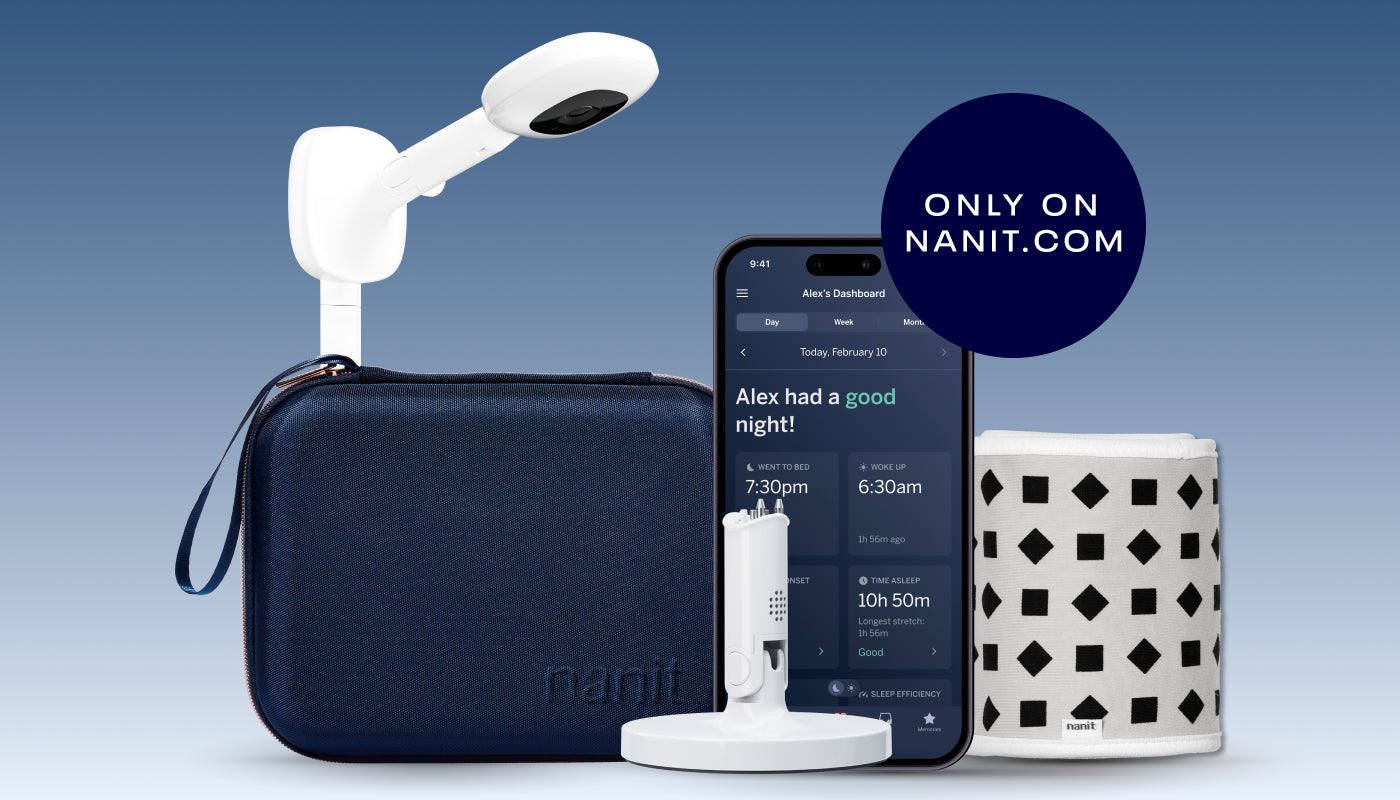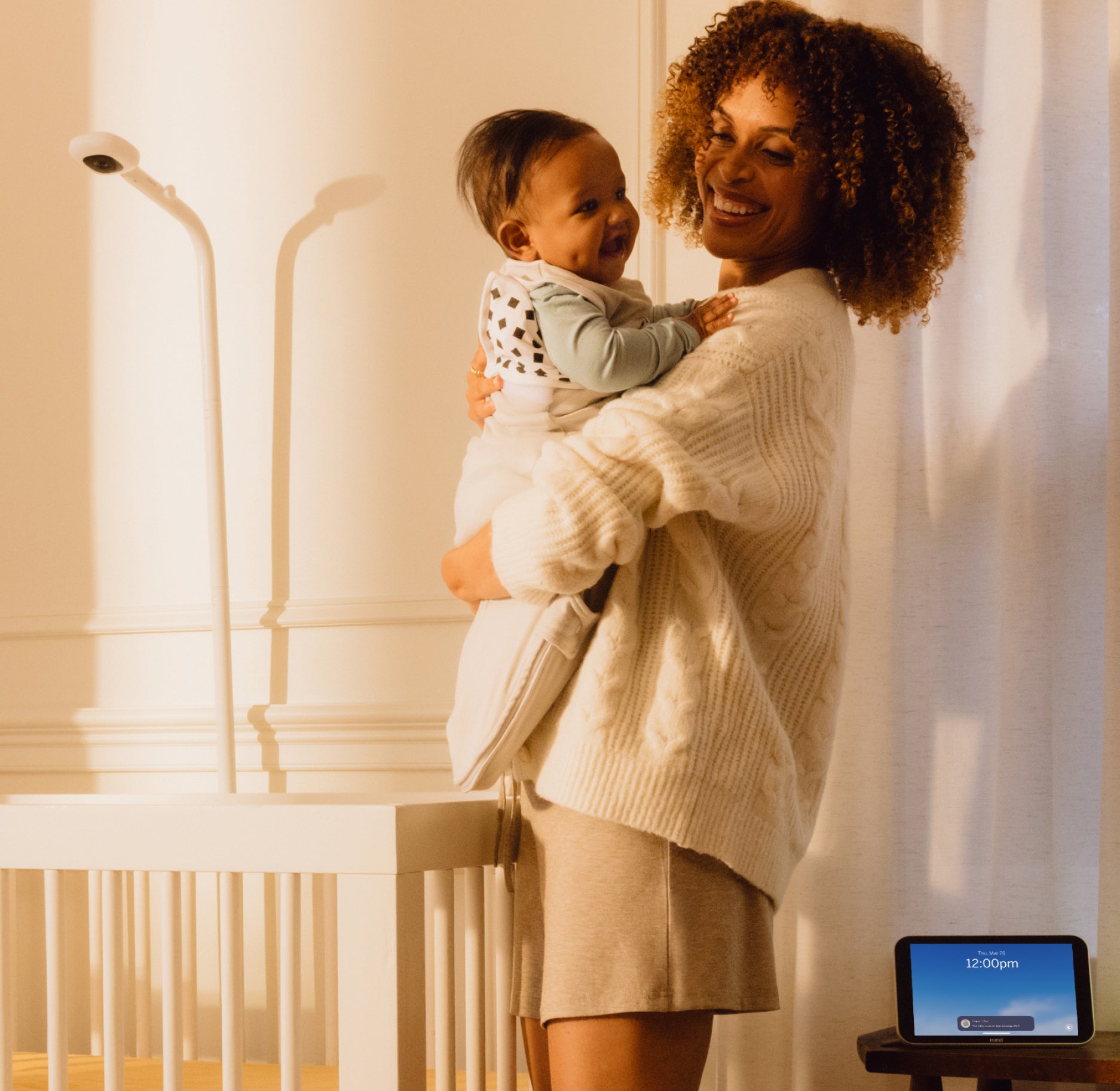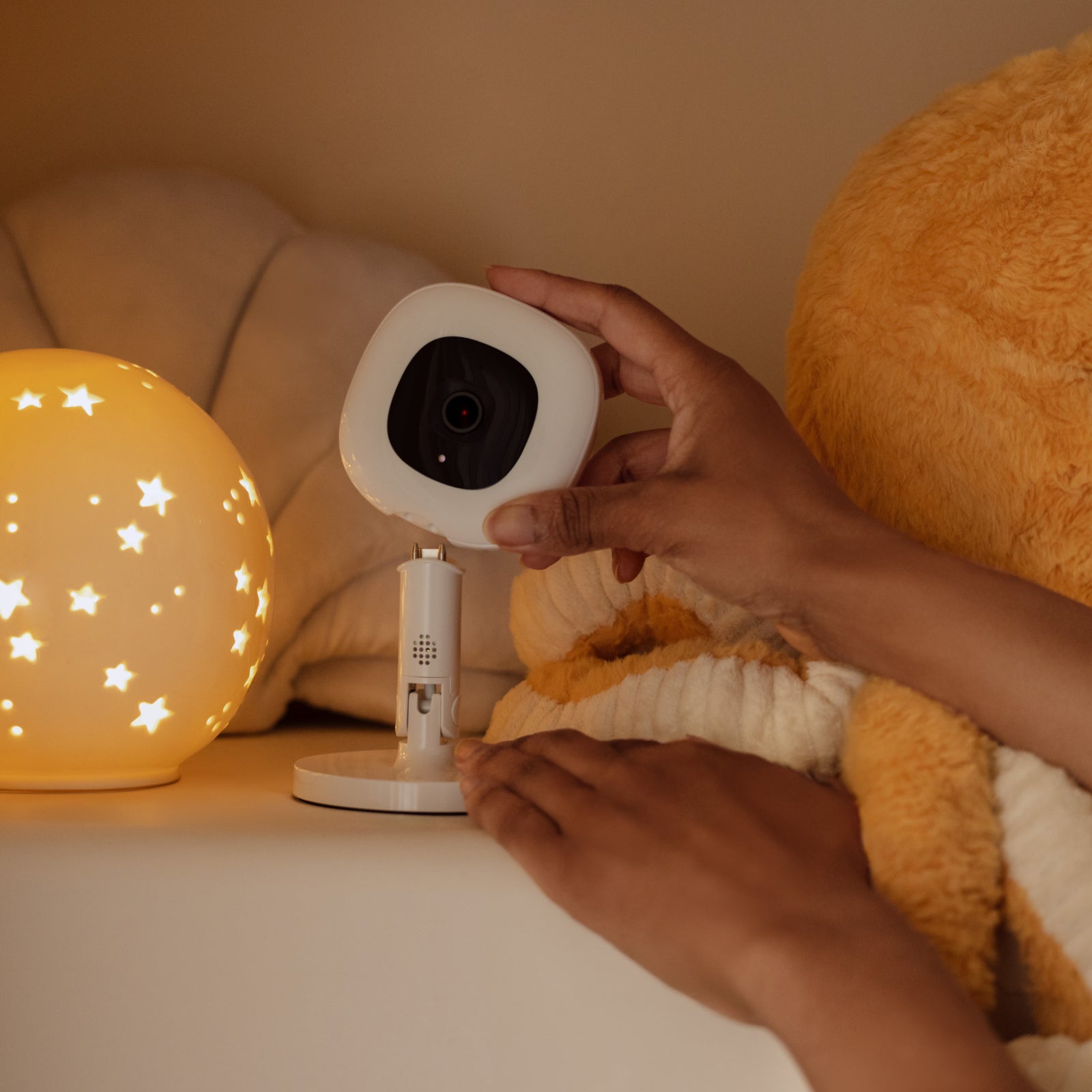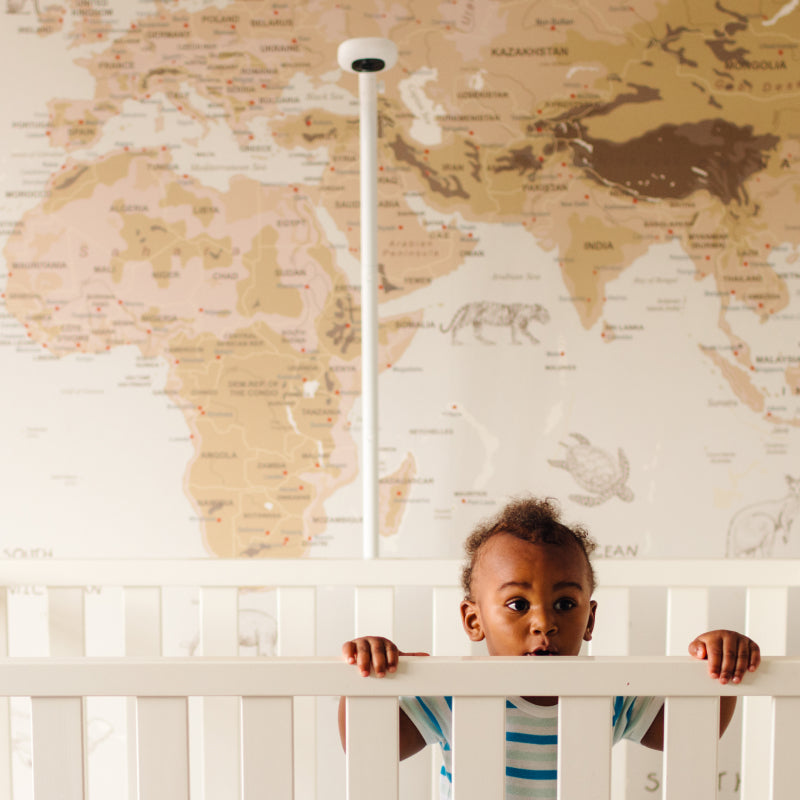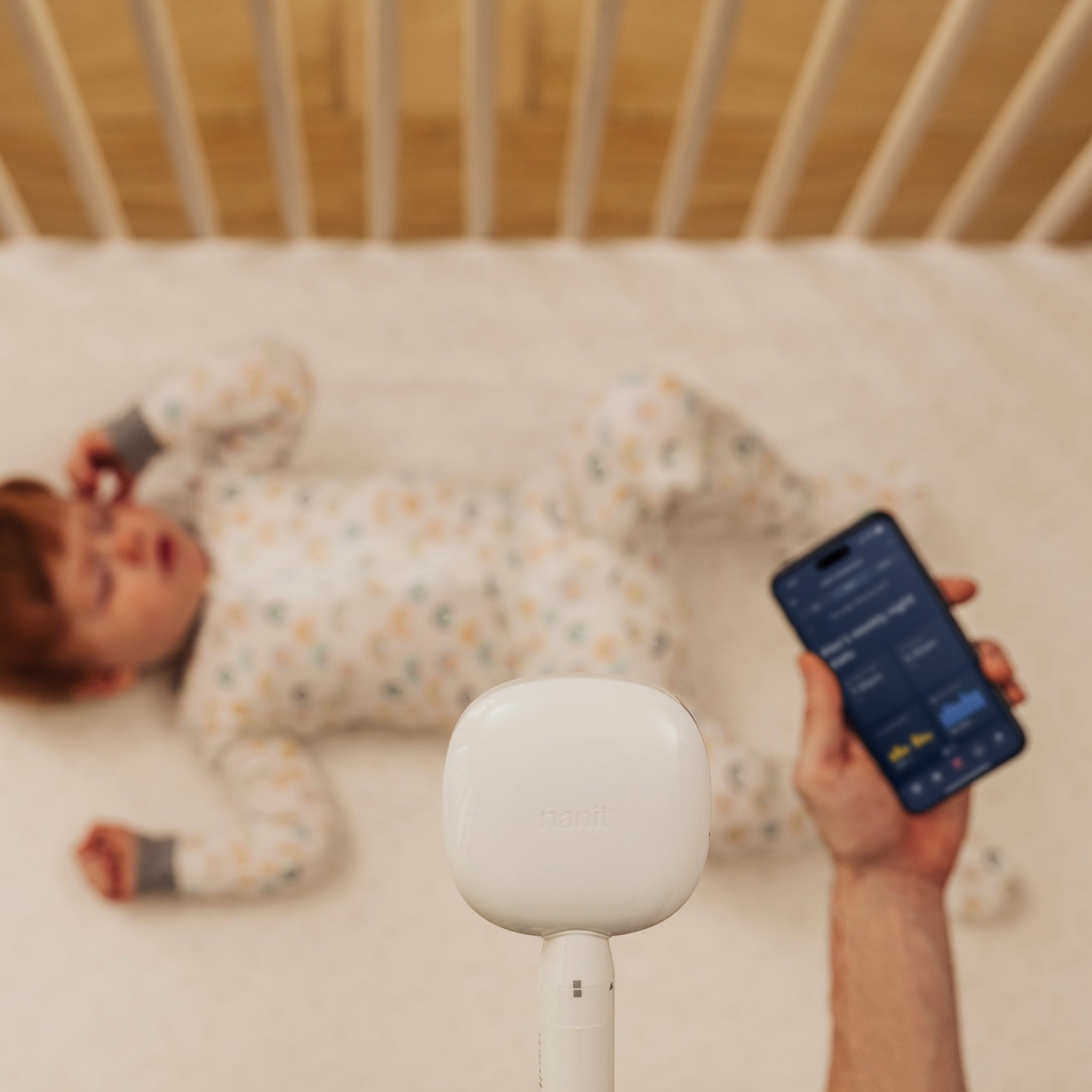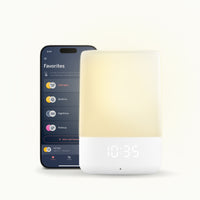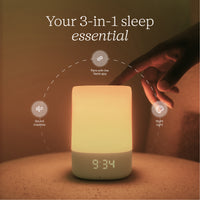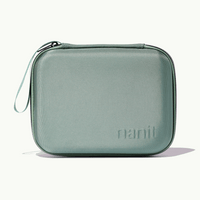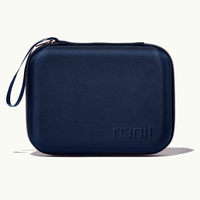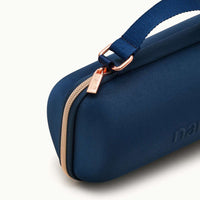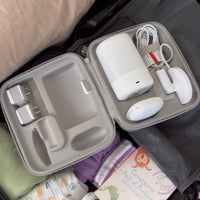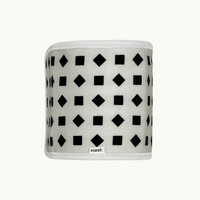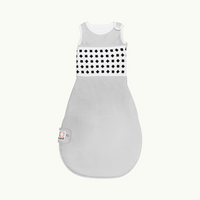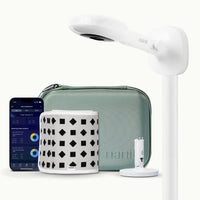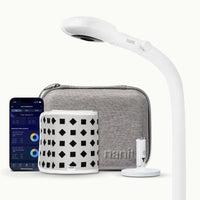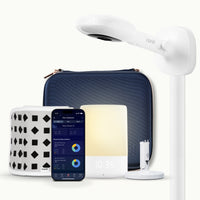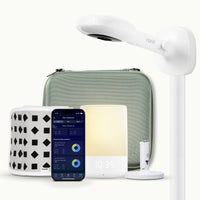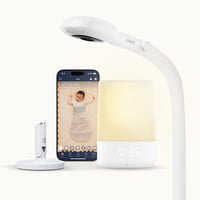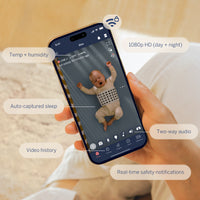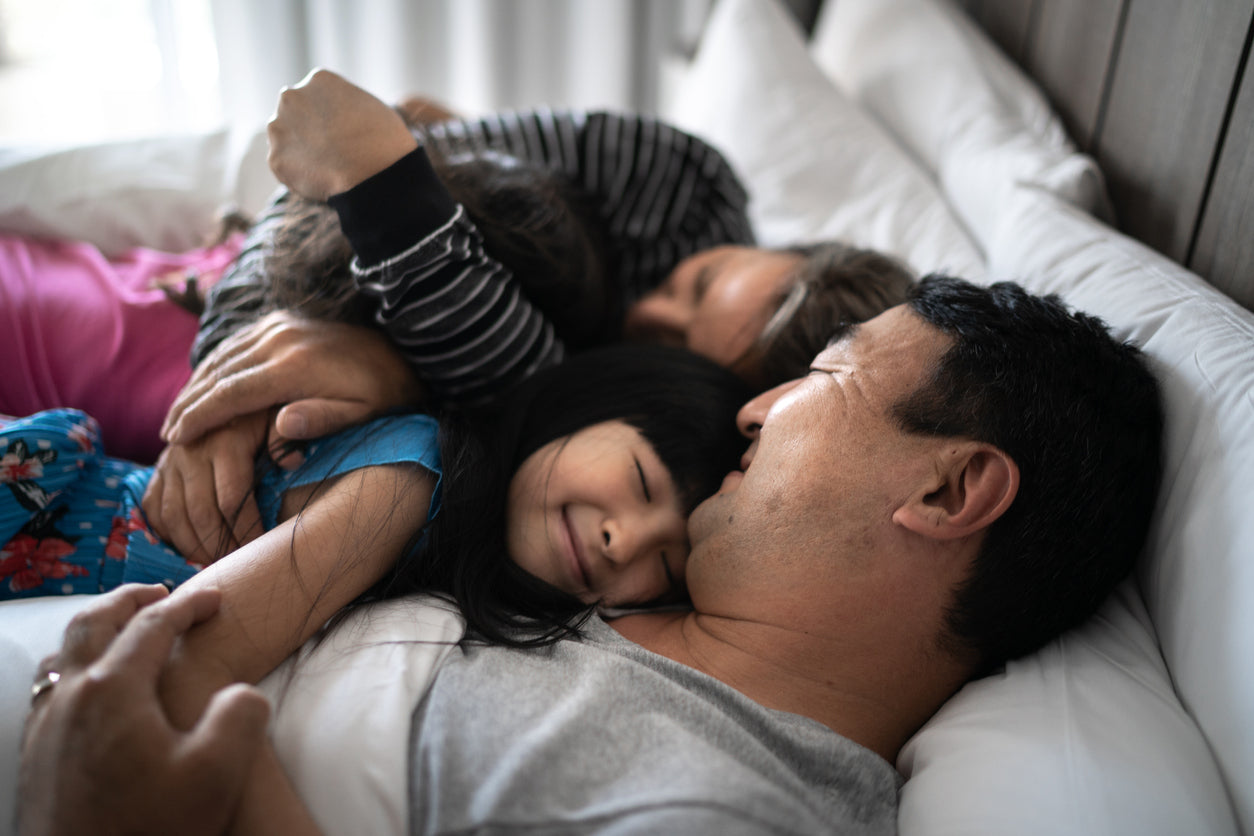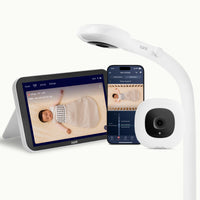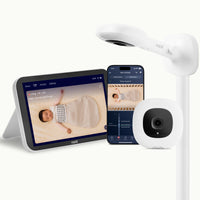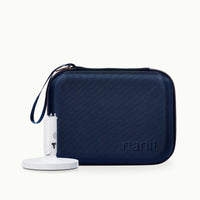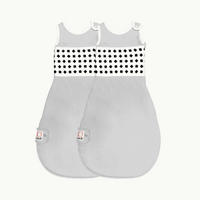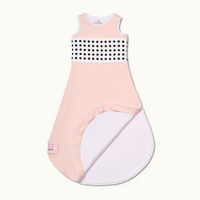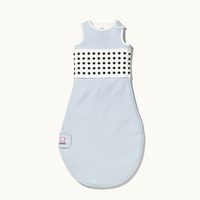While the Daylight Saving time change can be a challenge for some children, we’re here to guide you through adjusting your baby’s sleep schedule for Daylight Saving to make it as easy as possible, so you and your family can continue to get restful nights! Read on for Nanit Lab's top tips on how to prepare your baby for spring forward and fall back.
Daylight Saving tip from Nanit Lab
When the clock “falls back” 1 hour, children tend to wake up earlier. When the clock “springs forward” 1 hour, children tend to have trouble falling asleep. Both of these adjustments can impact your child’s nap and bedtime schedule.
How to adjust your routine before Daylight Saving Time
- Update your baby’s schedule in small increments: Try adjusting your baby’s sleep schedule in 15- to 30-minute sections. You can start the adjustment anywhere from five days before to one day before the time change, and continue until they’re all caught up to the new time.
- Try to adopt the new clock immediately. As soon as the clock officially changes, we need to work off the new clock right away. Don’t make the mistake of calculating what bedtime or nap time would have been yesterday.
Sample “spring forward” schedule change
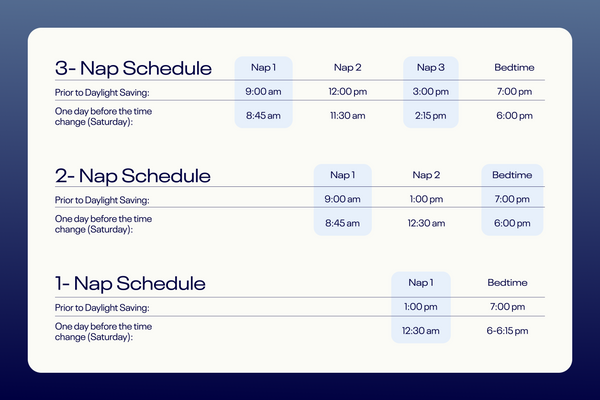
Sample “fall back” schedule change
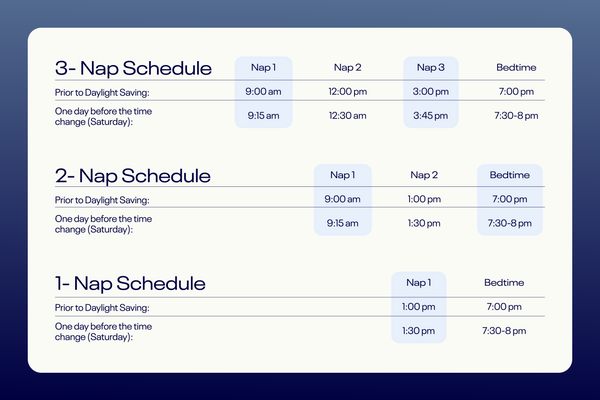

Sample “fall back” schedule change

Tips to make it a more seamless adjustment:
- Use a white noise machine: Our research has shown that babies who sleep with white noise machines get an average of 1 hour more sleep per night than babies who don’t. Encourage a more restful and deep sleep by using white noise to help your baby during the time change
- Install blackout curtains: During spring forward, you may find that when you put your little one to bed in the evening, it’s still bright outside. During fall back, the light will come earlier in the morning, so using blackout window treatments is an important step to minimize early rising. Too much sunlight in your little one’s room can inhibit how restful their sleep is, and make it harder for them to fall into a deep sleep during the time change. To help them adjust, try installing blackout curtains in your nursery to create the perfect sleep environment during the transition.
- Even though you’re changing the times, stick to your regular routine. If you need help creating a routine, check out our other sample bedtime routines or our baby sleep schedules by age.

